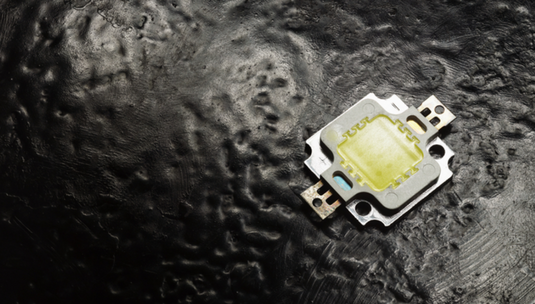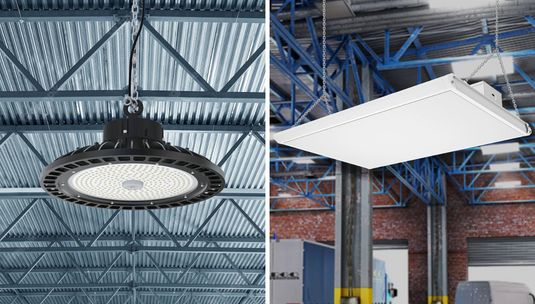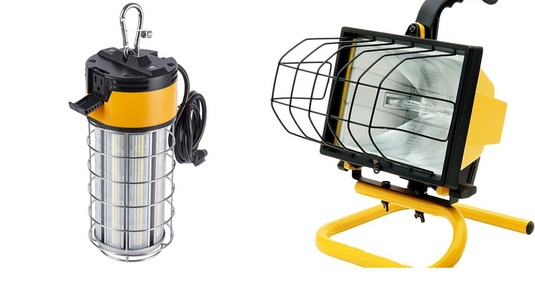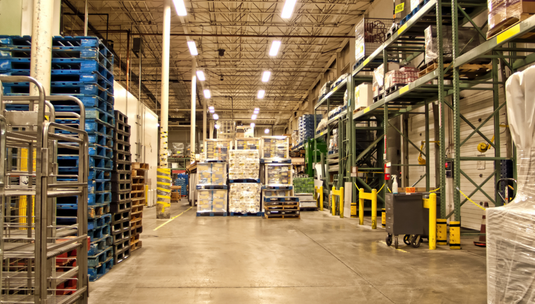COB LEDs, or Chip-on-Board LEDs, are becoming increasingly popular in various lighting applications due to their unique design and performance advantages. Unlike traditional LEDs that consist of multiple individual diodes, COB LEDs integrate multiple LED chips directly onto a single substrate to form a single module. This article explores what COB LEDs are, how they work, their advantages, applications, and more.
Introduction to COB LEDs
COB LEDs represent a significant advancement in LED technology. They offer improved efficiency, higher light output, and better thermal management compared to conventional LED setups. The compact design of COB LEDs allows for better integration into lighting fixtures, making them versatile for various applications.
What Does COB Stand For?
COB stands for Chip-on-Board. This refers to the manufacturing process where multiple LED chips are directly mounted onto a single substrate. These chips are interconnected to form a single module, eliminating the need for individual LED packages.
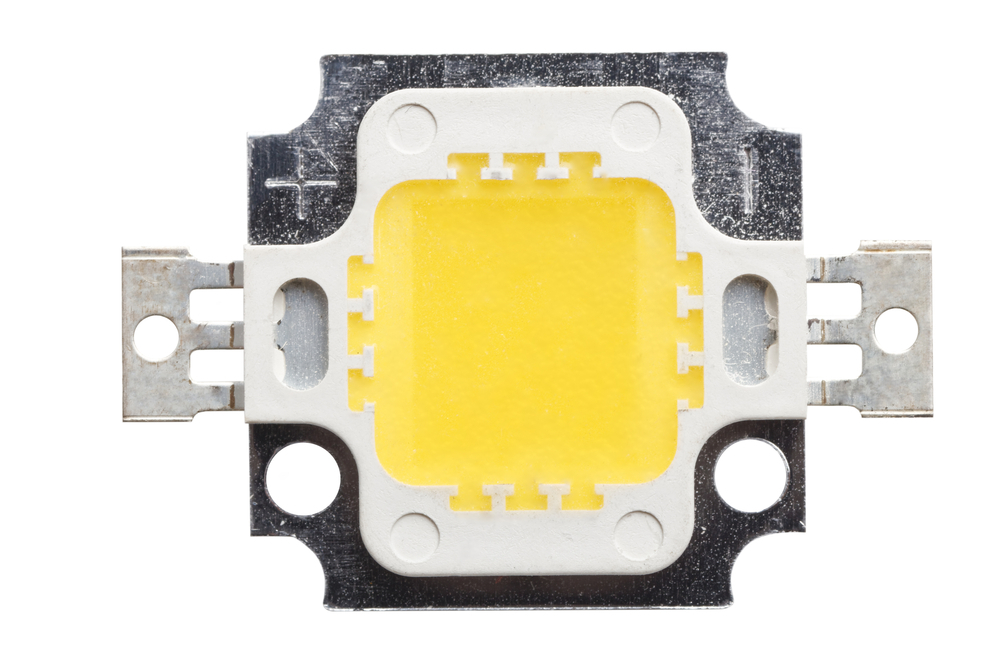
How Do COB LEDs Work?
COB LEDs work by integrating multiple LED chips onto a single substrate, typically made of ceramic or metal. These chips are wired together to form a series or parallel circuit, depending on the specific design. When electricity passes through these chips, they emit light, which is then diffused by a phosphor coating to produce white light.
Advantages of COB LEDs
Energy Efficiency
COB LEDs are highly energy-efficient, converting a higher percentage of electricity into visible light compared to traditional lighting sources. This results in lower energy consumption and reduced electricity bills.
Compact Design
The compact design of COB LEDs allows for higher light density in a smaller area. This makes them ideal for applications where space is limited, such as downlights and spotlights.
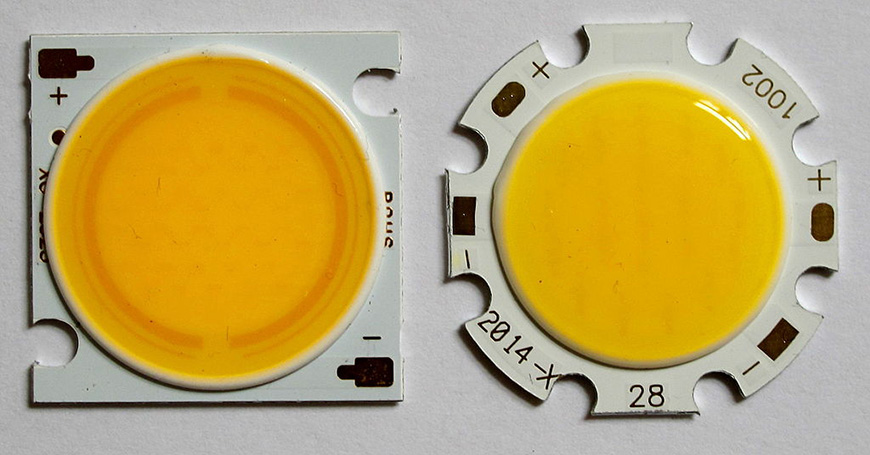
Improved Thermal Management
COB LEDs feature better thermal management compared to traditional LEDs. The single substrate design allows for more efficient heat dissipation, leading to longer lifespan and consistent performance.
Higher Light Density
Due to the integration of multiple LED chips, COB LEDs offer higher light density compared to individual LEDs. This results in brighter and more uniform illumination, making them suitable for a wide range of lighting applications.
Applications of COB LEDs
COB LEDs find applications in various industries and settings, including:
- General Lighting: COB LEDs are used in residential, commercial, and industrial lighting fixtures.
- Automotive Lighting: COB LEDs are increasingly used in automotive headlights, tail lights, and interior lighting due to their high brightness and energy efficiency.
- Horticultural Lighting: COB LEDs are utilized in grow lights for indoor farming, providing plants with the necessary light spectrum for photosynthesis.
Comparison with Other LED Technologies

COB vs. SMD LEDs
COB LEDs offer several advantages over Surface-Mount Device (SMD) LEDs, including higher light output, better thermal management, and improved reliability. However, SMD LEDs are more cost-effective and suitable for certain applications where space is not a constraint.
COB vs. Traditional Lighting Sources
Compared to traditional lighting sources such as incandescent and fluorescent bulbs, COB LEDs are more energy-efficient, longer-lasting, and environmentally friendly. They also offer better control over light direction and intensity.
Factors to Consider When Choosing COB LEDs
When selecting COB LEDs for a specific application, several factors should be taken into account, including:
- Wattage and Lumens: The wattage and lumens output determine the brightness of the COB LED.
- Color Rendering Index (CRI): The CRI indicates how accurately the light source renders colors compared to natural sunlight.
- Beam Angle: The beam angle determines the spread of light emitted by the COB LED.
- Dimming Capability: Some COB LEDs are dimmable, offering flexibility in adjusting light intensity.
Challenges and Limitations of COB LEDs
While COB LEDs offer numerous benefits, they also face certain challenges and limitations, including:
- Cost: COB LEDs can be more expensive upfront compared to traditional lighting sources.
- Heat Dissipation: Despite improved thermal management, COB LEDs still generate heat, requiring adequate ventilation and heat sinks.
- Complexity: The design and manufacturing process of COB LEDs are more complex compared to individual LEDs, leading to higher production costs.
Future Prospects of COB LED Technology
Despite the challenges, the future of COB LED technology looks promising. Ongoing research and development efforts aim to further improve efficiency, reduce costs, and expand the range of applications for COB LEDs.
Conclusion
In conclusion, COB LEDs offer significant advantages over traditional lighting sources, including higher energy efficiency, better thermal management, and increased light output. With their versatility and performance benefits, COB LEDs are poised to revolutionize the lighting industry and drive innovation in various applications.
FAQs
Q. Are COB LEDs better than traditional LEDs?A. COB LEDs offer several advantages over traditional LEDs, including higher energy efficiency, better thermal management, and increased light output.
Q. Can COB LEDs be dimmed?
A. Yes, some COB LEDs are dimmable, offering flexibility in adjusting light intensity according to specific requirements.
Q. Are COB LEDs suitable for outdoor lighting?
A. Yes, COB LEDs can be used for outdoor lighting applications, provided they are adequately protected from environmental factors such as moisture and dust.
Q. How long do COB LEDs last?
A. COB LEDs have a longer lifespan compared to traditional lighting sources, typically lasting up to 50,000 hours or more depending on usage and environmental conditions.
Q. Are COB LEDs more expensive than other types of LEDs?
A. COB LEDs can be more expensive upfront due to their advanced design and manufacturing process. However, they offer long-term cost savings through lower energy consumption and maintenance costs.
